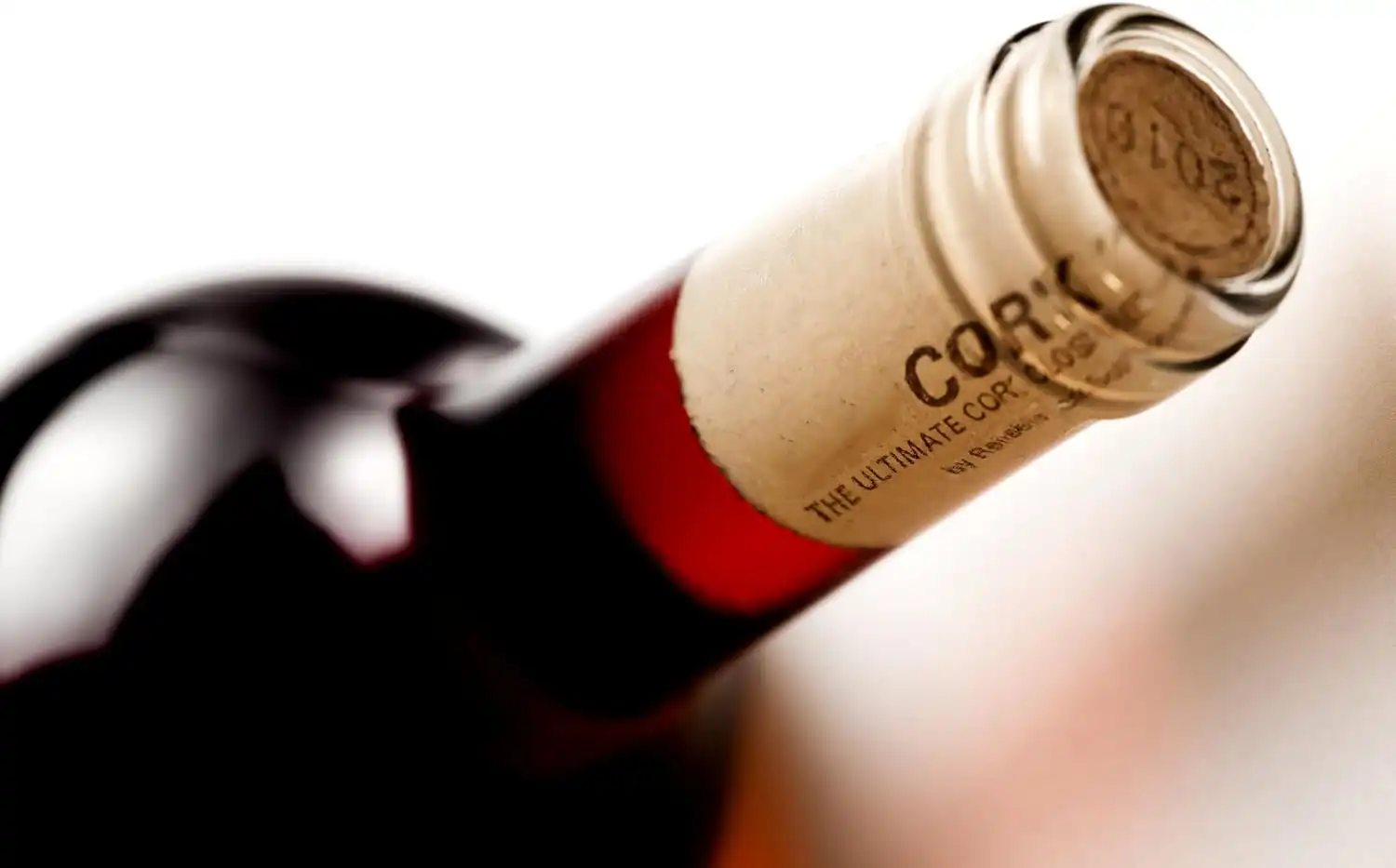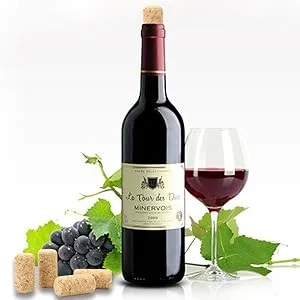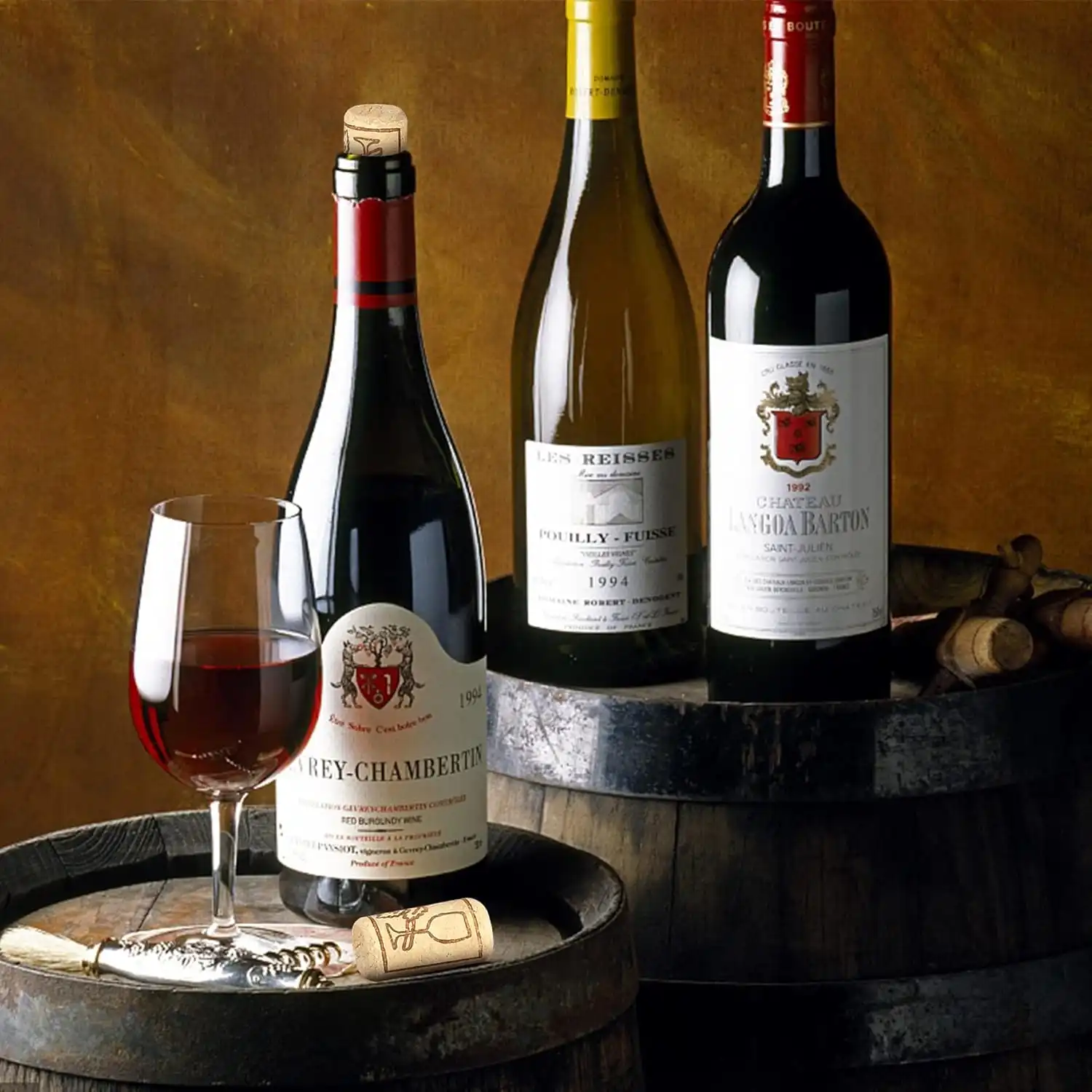Are Cork Stoppers the Secret to Perfect Wine Preservation?
2025-08-07 18:17:34
Cork stoppers have long been revered as the quintessential seal for wine bottles, and for good reason. These natural wonders are indeed a key factor in perfect wine preservation. Cork stoppers, particularly high-quality ones like those offered by Xi'an Leecork Co., Ltd., possess unique properties that make them ideal for maintaining wine quality over time. Their ability to allow minimal oxygen exchange while preventing leakage creates an optimal environment for wine aging. This delicate balance is crucial for the wine's flavor development and longevity. Moreover, cork's elasticity ensures a tight seal that can last for years, protecting the wine from oxidation and spoilage. While alternative closures exist, cork stoppers remain the gold standard for wine enthusiasts and sommeliers worldwide. Their natural origin, sustainability, and proven track record in preserving wine's character make them an unparalleled choice. As we delve deeper into the science and practicality of cork stoppers, it becomes clear that they are indeed a vital component in the quest for perfect wine preservation.

The Science Behind Cork's Oxygen Permeability
The secret to cork's effectiveness lies in its unique cellular structure. Cork is composed of millions of tiny air-filled cells, each acting as a miniature cushion. This structure gives cork its remarkable compressibility and elasticity, allowing it to form a tight seal in the bottle neck. More importantly, it's this cellular makeup that gives cork its controlled oxygen permeability.
Oxygen Exchange: A Delicate Balance
Cork's oxygen permeability is a double-edged sword that, when properly managed, becomes a powerful tool for wine preservation. The minute amount of oxygen that passes through a high-quality cork stopper is crucial for the wine's maturation process. This subtle oxygen ingress helps soften tannins, develop complex flavors, and contribute to the wine's overall bouquet. However, too much oxygen can lead to oxidation, causing the wine to spoil. Custom wine corks, like those produced by Xi'an Leecork Co., Ltd., are designed to strike the perfect balance, allowing just enough oxygen to benefit the wine without risking over-oxidation.
The Role of Cork Quality
The quality of the cork stopper plays a significant role in its oxygen permeability. High-grade corks, such as those made from the outer bark of the cork oak tree, have a more uniform cellular structure. This consistency ensures a more predictable and controlled oxygen exchange. Lower quality corks or those with imperfections may allow too much oxygen to enter, potentially compromising the wine. That's why many wineries opt for premium cork stoppers to protect their finest vintages.

Cork vs. Synthetic: A Taste Test Comparison
While synthetic stoppers have gained popularity in recent years, cork remains the preferred choice for many winemakers and consumers. Numerous taste tests have been conducted to compare wines sealed with cork stoppers versus synthetic alternatives, and the results often favor cork.
Flavor Preservation
In blind taste tests, wines sealed with cork stoppers frequently score higher in terms of flavor preservation. The natural properties of cork allow it to maintain the wine's intended flavor profile more effectively than synthetic alternatives. This is particularly noticeable in wines aged for extended periods. The subtle oxygen exchange facilitated by cork contributes to the wine's flavor development without introducing unwanted notes or off-flavors.
Aging Potential
When it comes to aging potential, cork stoppers have a clear advantage. The controlled oxygen permeability of cork allows wines to age gracefully, developing complexity and depth over time. Synthetic stoppers, on the other hand, may not provide the ideal environment for long-term aging. Wines sealed with synthetic closures often reach their peak earlier and may not develop the same level of nuanced flavors as their cork-sealed counterparts.
Environmental Considerations
Beyond taste, there's an environmental aspect to consider. Cork stoppers are a renewable, biodegradable resource. The cork oak forests, primarily located in the Mediterranean region, play a crucial role in carbon sequestration and biodiversity conservation. In contrast, synthetic stoppers are typically made from petroleum-based products, raising concerns about their environmental impact. For eco-conscious consumers, cork stoppers offer a more sustainable choice without compromising on wine quality.
Proper Storage Techniques for Cork-Sealed Wines
To fully leverage the benefits of cork stoppers in wine preservation, proper storage techniques are essential. Even the highest quality cork can't compensate for poor storage conditions. Here are some key considerations for storing cork-sealed wines:
Temperature Control
Maintaining a consistent, cool temperature is crucial for preserving wine. Ideally, wine should be stored at temperatures between 45°F to 65°F (7°C to 18°C), with 55°F (13°C) being optimal. Fluctuations in temperature can cause the cork to expand and contract, potentially compromising its seal. Extreme heat can also push the cork out slightly, allowing more oxygen to enter the bottle.
Humidity Levels
Proper humidity is essential for maintaining cork integrity. A humidity level between 50% and 80% is ideal, with 70% being optimal. If the environment is too dry, the cork may dry out and shrink, allowing more oxygen into the bottle. Conversely, excessive humidity can lead to mold growth on the cork's exterior.
Bottle Orientation
Traditionally, cork-sealed wines are stored horizontally. This position keeps the cork moist, preventing it from drying out and shrinking. However, for short-term storage (less than a year), wines can be stored upright without significant risk. For long-term aging, horizontal storage is recommended to maintain the cork's seal and allow for proper wine maturation.
Vibration and Light Exposure
Minimize vibrations in your wine storage area, as they can disturb the sediment in aged wines and potentially impact the aging process. Additionally, protect your wines from direct light exposure, especially UV rays, which can degrade the wine over time. Dark, quiet storage environments are ideal for preserving wine quality.
By following these storage techniques, you can ensure that your cork-sealed wines age gracefully and maintain their intended flavor profiles. The symbiotic relationship between high-quality cork stoppers and proper storage conditions creates the perfect environment for wine preservation, allowing you to enjoy your favorite vintages at their best.

Conclusion
In the quest for perfect wine preservation, cork stoppers indeed play a crucial role. Their unique properties, from controlled oxygen permeability to natural elasticity, make them an ideal choice for sealing wine bottles. While alternatives exist, the time-tested performance of cork in preserving wine quality, flavor, and aging potential is hard to match.
For those seeking the best in wine preservation, look no further than Xi'an Leecork Co., Ltd. As a leading manufacturer of cork products since 2002, we provide high-quality cork stoppers and custom wine corks to clients in over 62 countries. Our products are trusted by wine enthusiasts, sommeliers, and pioneering businesses in the wine industry.
Experience the difference that premium cork stoppers can make in your wine preservation. Contact us at info@leecork.com to learn more about our products and how we can meet your specific needs. Whether you're a wine producer, distributor, or a connoisseur looking for the best storage solutions, Xi'an Leecork Co., Ltd. is your partner in perfect wine preservation.
References
1. Silva, S. P., et al. (2005). Cork: properties, capabilities and applications. International Materials Reviews, 50(6), 345-365.
2. Karbowiak, T., et al. (2010). Wine oxidation and the role of cork. Critical Reviews in Food Science and Nutrition, 50(1), 20-52.
3. Lopes, P., et al. (2009). Impact of oxygen dissolved at bottling and transmitted through closures on the composition and sensory properties of a Sauvignon blanc wine during bottle storage. Journal of Agricultural and Food Chemistry, 57(21), 10261-10270.
4. Marin, A. B., et al. (2007). Sensory and chemical analysis of different white wines fermented with synthetic cork stoppers. Journal of Food Quality, 30(1), 1-17.
5. Godden, P., et al. (2001). Wine bottle closures: physical characteristics and effect on composition and sensory properties of a Semillon wine. Australian Journal of Grape and Wine Research, 7(2), 64-105.
6. Skouroumounis, G. K., et al. (2005). The impact of closure type and storage conditions on the composition, colour and flavour properties of a Riesling and a wooded Chardonnay wine during five years' storage. Australian Journal of Grape and Wine Research, 11(3), 369-377.
You May Like
0Related Industry Knowledge


